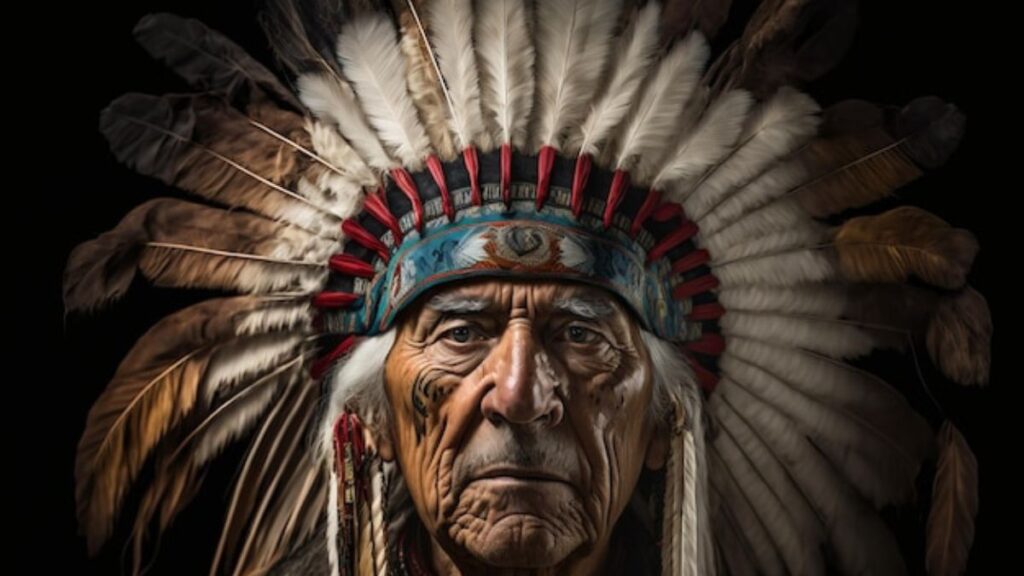Imagine someone knocking on your American ancestor’s door every ten years to photograph the household and family. Census records contain detailed information, including names, ages, sex, children, relationships, and other research clues.
Remember to search for name variations, as enumerators sometimes record names the way they sound. And remember other types of census schedules, such as mortality and agriculture.
1900 U.S. Census
The 1900 census is a rich collection for researchers because it was the first to list birth months and years. This allows you to find ancestors younger or older than other records indicate. It also opens doors for other research because enumerators included the number of children a person had and how many years they were married.
The census records also provided information not collected in earlier or later years, such as place of birth and citizenship status (either naturalized or American). These details help you locate other records related to your ancestors.
Searching for ancestors in as many census years as possible is essential because questions were asked differently. For example, before 1890, the Census Bureau did not always identify Native Americans as such. However, they did appear in the Census, and their names often showed up in family group sheets, where they were listed as Indian or Native. They could also be identified in other federal, state, and local records.
1910 U.S. Census
The 1910 census introduced a question about a person’s tribe and family group. It also provided a new way to search by age range, which can help find ancestors who were overlooked because their birth year fell between the previous or following censuses.
The Census also asked if anyone in the household had served in the Union, Confederate Army, or Navy. This could lead to service and pension records that provide detailed information on an ancestor’s life. Additionally, some Native Americans benefited from the introduction of state and territorial censuses, which occurred every five years from 1880 to 1940.
To search these, type an ancestor’s name and state or territory of birth into your favorite online genealogical database. Compare the results to clues from other sources during your preliminary (background) research. You can then use these to identify additional sources that you can pursue.
1920 U.S. Census
In 1920, Woodrow Wilson was president, and the nation was still recovering from World War I. F. The Census was conducted at a pivotal moment in American history and holds rich details for researchers to uncover today.
For the first time, the Census included a field for native tongue. This is a valuable tool for genealogists, enabling us to see what their ancestors spoke at home and how they pronounced it. Because enumerators were recording the information by hand, spelling errors were common. This could occur for various reasons, such as a family member spelling their name differently from how the enumerator spelled it or because international boundaries changed after the Census was taken.
The 1920 census also asked for detailed immigration information. This can help genealogists discover where their Native American ancestry came from and fill in gaps in their family tree. It also provided street names and addresses next to the heads of households.
1930 U.S. Census
During the Depression, the United States Census recorded people living in all 50 states: Alaska, Hawaii, American Samoa, the Canal Zone, Guam, and Puerto Rico. This Census included fewer questions than previous ones but still provides valuable information on the people who lived in the U.S. at this time.
It also asked about the native language spoken by household members, occupations, and if their family owned a radio set. Other important information included the age of children, spouses, parents, and if they had been to school.
It’s important to remember that while the Census is an invaluable resource, it is prone to error. Census takers often misheard or misspelled names, and transcription errors are common. You must be aware of these limitations when searching for your ancestors in the Census.
1940 U.S. Census
From 1790 to 1850, Census records only listed the head of household and family members. After that, census takers began recording the names of individuals living in households and asking them various questions.
Some of these questions included sex, age, relationships to the head of household, and, for Native American families, blood quantum. In addition, census enumerators asked those living on farms if they owned or rented their homes, whether they had indoor plumbing, the production rates of oleo, butter, and margarine, the number of automobile accidents that occurred, and the annual diphtheria death rate.
Some of these supplemental questions can provide valuable clues for researchers seeking to locate descendants and better understand their lives. In some cases, the answers may also help to date other records. The National Archives has provided a helpful guide for evaluating these supplementary questions on the 1940 census. This guide also provides a table that compares what was collected in each schedule and how it differed by year.







